10 Hot New Kubernetes Platforms And Tools
These are 10 new Kubernetes-related technologies released this year that CRN expects to make waves across the enterprise IT landscape.
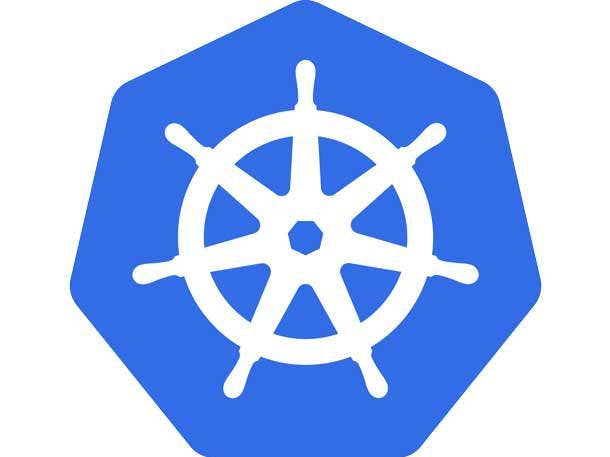
Next-Gen Kubernetes
The Kubernetes ecosystem is evolving and expanding at lightspeed, both in its technological capabilities and its adaptation to the demands of enterprise customers.
So far in 2020, some of the industry’s largest infrastructure vendors have delivered what could prove game-changing Kubernetes platforms, as well as tools to enable effective deployment and management of container-based infrastructure. The slate of offerings hitting the market will further solidify the open-source container-orchestrator’s position as standardized technology in the cloud-native landscape.
Here are 10 new Kubernetes-related technologies released this year that CRN expects to make waves across the enterprise IT landscape.
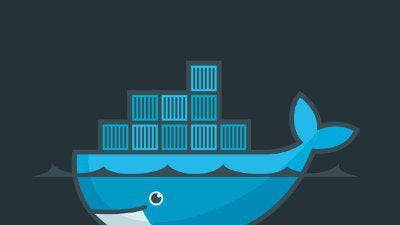
Docker Enterprise 3.1
After acquiring Docker’s server-side business, Mirantis in May delivered the first version of Docker’s Kubernetes platform developed under its roof.
Docker Enterprise 3.1 added significant new functionality, especially as far as its ability to support Windows workloads.
The platform incorporates Kubernetes 1.17, upgrades to SLAs and customer support options, and adds GPU orchestration to empower AI developers.
Beyond functionality, the latest release made a statement to the roughly 750 customers who adopted the platform when still part of Docker—and the larger, extremely competitive Kubernetes market.
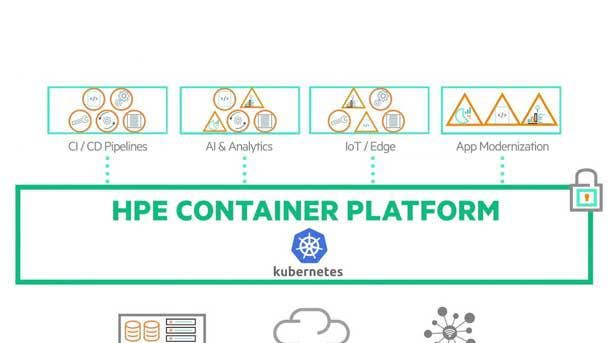
HPE Container Platform 5.0
HPE Container Platform 5.0, the first version of that product built with open-source Kubernetes as its backbone, saw a wide release in March.
Hewlett Packard Enterprise looks to challenge the field in one of the industry’s most important infrastructure segments with a platform aiming to excel in enterprise-grade functionality around deployment, management and security, as well as hybrid cloud readiness.
HPE Container Platform 5.0, the culmination of two years of work building upon technology obtained from BlueData and MapR, manages deployment in on-premises, public cloud or edge compute environments of both monolithic apps as well as cloud-native ones built as micro-services.
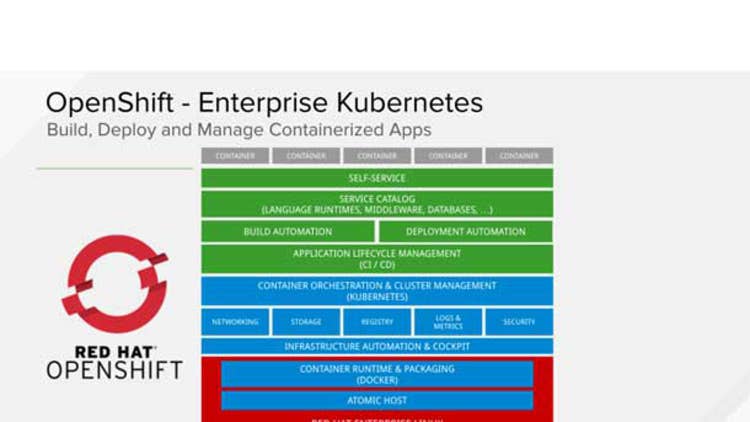
OpenShift 4.5
Red Hat in August unveiled the latest version of OpenShift, adding to the popular Kubernetes platform the ability to run traditional virtualized workloads alongside cloud-native containerized ones.
OpenShift 4.5 also introduced support for edge deployments, push-button deployments into VMware environments, and several features geared toward developers.
But OpenShift Virtualization is the showstopper, enabling co-existence between legacy and containerized apps using the KubeVirt Kubernetes add-on that runs VMs side-by-side with containers.

VMware vSphere 7.0
The industry’s leading virtualization platform took the container leap in March with vSphere 7.0, the release that implemented VMware’s highly anticipated Project Pacific initiative.
By building Kubernetes into vSphere, VMware enabled developers to use the tools and interfaces they’re accustomed to in building cloud-native apps, and partners to leverage their vSphere skills in administering cloud-native environments.
VMware also delivered Tanzu Kubernetes Grid Services, enabling customers to run fully compliant and conformant Kubernetes with vSphere, as well as vSphere Pod Service for optimizing performance and improving security through VM-like isolation.
The latest vSphere release was incorporated into VMware Cloud Foundation 4.
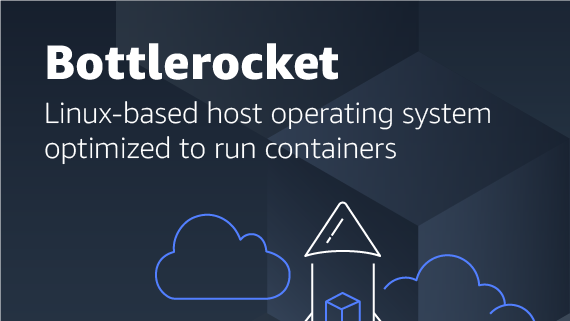
Amazon Bottlerocket
Amazon Bottlerocket is a stripped-down Linux operating system geared to efficiently run Kubernetes-orchestrated workloads in the industry’s leading cloud.
AWS eliminated Linux kernel features not needed to support container deployments, delivering a smaller attack surface for better security and a smaller install footprint to bring down resource utilization and costs.
While Bottlerocket isn’t the first operating system designed specifically for container deployments, it’s one likely to see rapid adoption, and generate a significant partner opportunity, because of its tight integration with native AWS services as well as innovative upgrading and security capabilities.

Google Anthos Updates
In August, Google Cloud introduced a slate of new features to its Anthos platform, including advanced artificial intelligence and cluster management capabilities.
Those upgrades aim to make Google’s Kubernetes-based hybrid and multi-cloud platform easier to use and able to handle more workloads.
New hybrid AI capabilities solve the problem of organizations being forced to rely on fragmented solutions across their on-premises data centers and clouds that limit use of the cutting-edge technology.
Anthos attached clusters allows users to manage Kubernetes clusters with the Anthos control plane, including centralized management for configuration and service meshes.
Anthos on bare metal added a deployment option for running on physical on-premises servers and at edge locations and telco sites without the latency of a hypervisor layer.
With the release, Google Cloud joined its Cloud Code integrated development environment (IDE) plugins with Cloud Run for Anthos, allowing developers to build serverless applications directly from IDEs such as VS Code and Intellij IDEA.
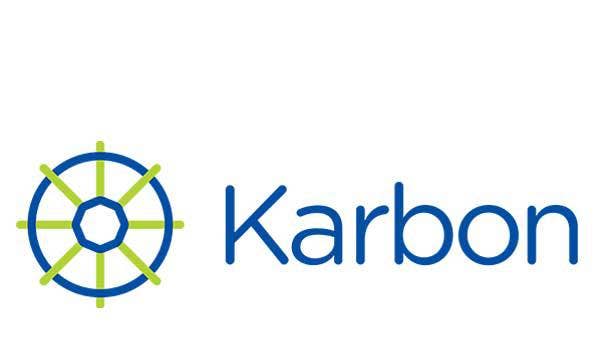
Nutanix Karbon Platform Services
Nutanix launched this Platform as a Service in September, delivering automated security and multitenancy to customers running microservices-based applications across multiple cloud infrastructures.
Nutanix Karbon Platform Services gives software developers a turnkey managed services experience on-premises, in the public cloud or at the edge for building and running cloud-native applications.
Developers can use the platform to decouple applications from the underlying infrastructure. Additional capabilities include Containers as a Service, Functions as a Service to power serverless applications, support for Prometheus monitoring and advanced networking and data services.
Nutanix Karbon Platform Services delivers core Kubernetes life-cycle management capabilities as an integrated component of the Nutanix hyperconverged stack.
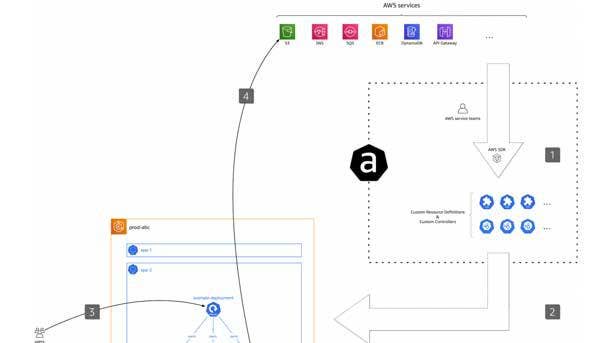
AWS Controllers for Kubernetes
Amazon Web Services introduced a tool in August enabling users to manage cloud services directly within Kubernetes.
AWS Controllers for Kubernetes (ACK), an open-source project in developer preview on GitHub, aims to make it easier to build scalable and highly available Kubernetes applications employing AWS services without the hassle of defining resources outside clusters or running supporting services, such as databases, message queues or object stores, within clusters.
ACK currently supports Amazon S3, AWS API Gateway V2, Amazon SNS, Amazon SQS, Amazon DynamoDB and Amazon ECR.
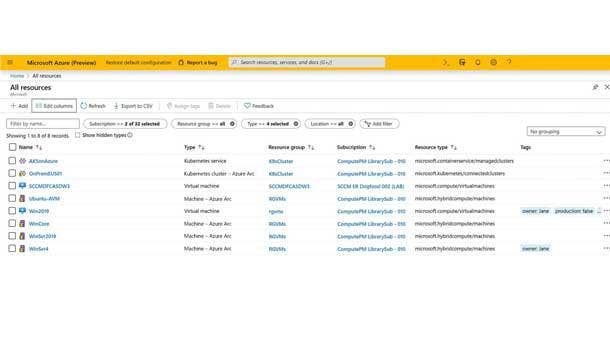
Azure Arc Enabled Kubernetes
Microsoft unveiled Azure Arc enabled Kubernetes in May to facilitate deployment of container-based services in any environment while extending Azure management across any infrastructure.
Azure Arc enabled Kubernetes, now in public preview, allows customers to use the Azure Arc multi-cloud platform to connect and configure Kubernetes clusters in on-premises and multi-cloud environments, including on the networks’ edge.
Employing a GitOps methodology, customers can define applications and cluster configurations in source control, which keeps changes to apps and configurations versioned, enforced and logged across all clusters.
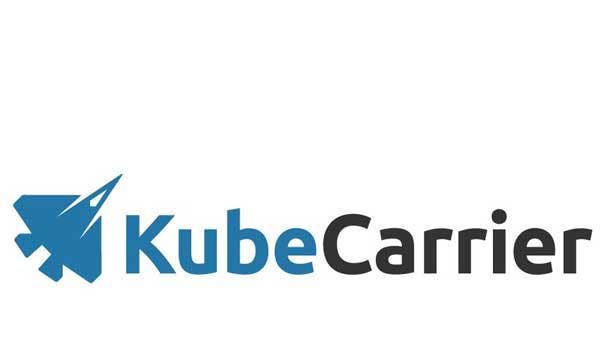
KubeCarrier
Kubermatic released KubeCarrier in August, adding an open-source Service Management Hub to its Kubernetes automation portfolio.
KubeCarrier enables operations teams to automate provisioning and life-cycle management of services, applications, and API-accessible hardware devices by using Kubernetes Operators.
From the hub, service providers can make accessible to external users cloud-native services that span container clusters running on multiple clouds.